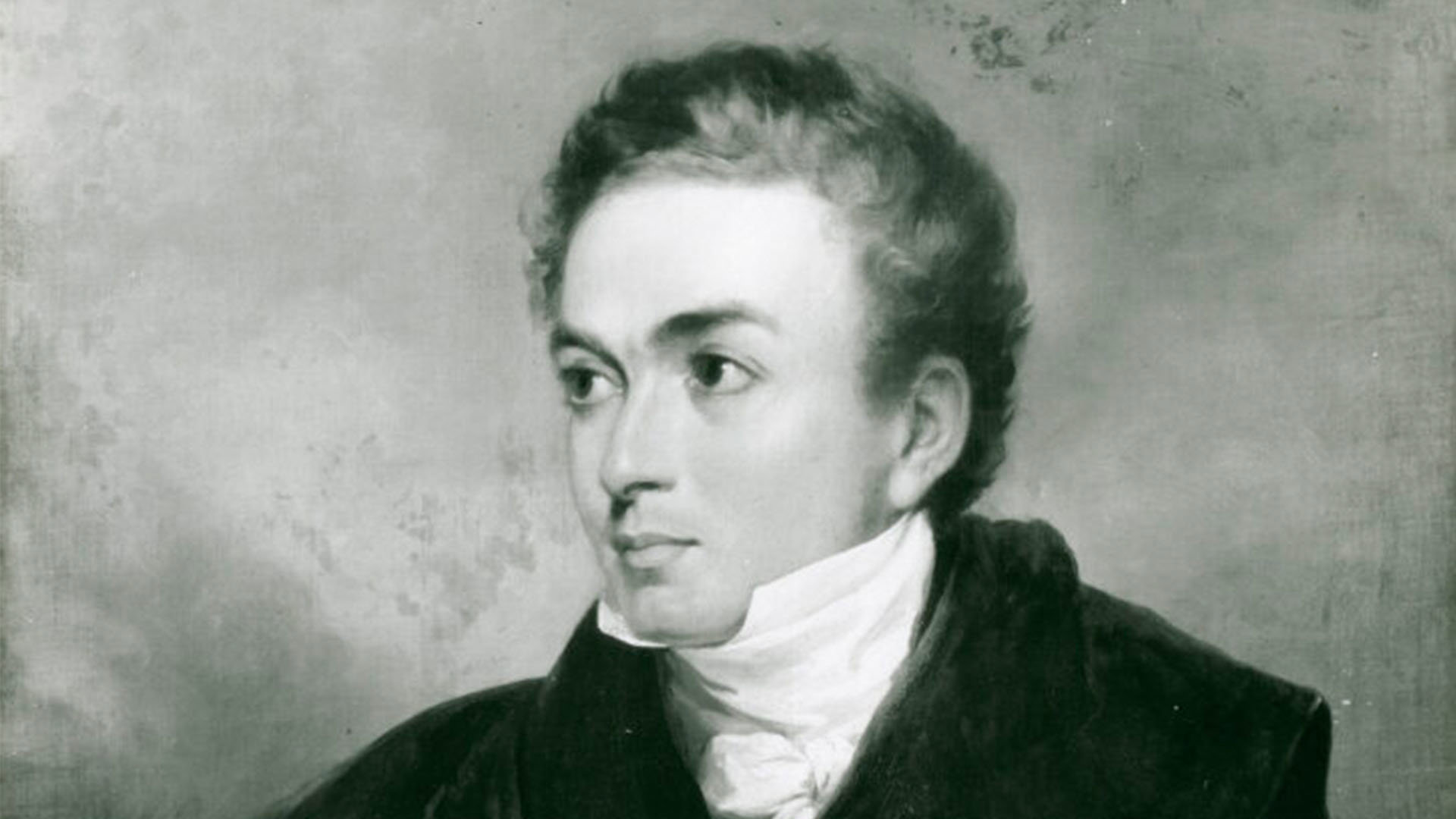Richard Lander (1804-1834) was born in 1804 at the Fighting Cocks Inn, Truro. At the age of 13 he travelled to the West Indies, but after contracting yellow fever, returned to England. For the next few years he was employed as a servant and travelled across Europe with his employers.
His life as an explorer began when he went to work for Hugh Clapperton, a wealthy Scottish naval officer. Lander accompanied him to South Africa and then to West Africa. Clapperton had previously been commissioned by the British Government to visit the Kanem-Bornu Empire, an Islamic empire covering parts of present-day Nigeria, Niger, Cameroon, Libya, and Chad and try and chart the course of the Niger River.
He had been partially successful but there was still work to do, particularly in charting the Niger.
Ill-fated 1825 expedition to West Africa
Clapperton, accompanied by Lander and two other naval officers, Pearce and Morrison, returned to West Africa in 1825 but not long after beginning the expedition both Pearce and Morrison died. Clapperton and Lander made it as far as Sokoto where Clapperton also died, leaving Lander to continue the expedition as best he could.
Lander eventually reached Fernando Po, now called Bioko, an island in the Bight of Biafra from where he returned to England, in 1828.

The 1830 exploration of the Niger River
By successfully completing the expedition and bringing back Clapperton’s papers, Lander impressed the British Government and was commissioned to return to West Africa and continue tracing the course of the Niger accompanied by his brother John.
In March 1830 they began tracing the course of the lower Niger from Busa to the sea, after which they explored the River Benue and the Niger Delta. They survived being kidnapped by a local ruler and eventually made their way to Bioko and then back to England. They had succeeded in tracing the course of the Niger from source to sea.
For their remarkable journey Lander received an award of 50 guineas from the newly formed Geographical Society of London. Soon after, the Society became the Royal Geographical Society and the 50 guinea award was replaced by two gold medals, the Founder’s and Patron’s Medals.
Final expedition to West Africa
In 1832, Lander was commissioned by Macgregor Laird, son of the famous shipbuilders of Birkenhead, and a group of Liverpool based merchants to return to West Africa and establish a trading centre at the confluence of the Niger and Benue Rivers. To this end he was supplied with two paddle steamers called Quorra and Alburkah.
Even with the two boats, the expedition was beset by difficulties. Many of the men sent out with the boats died of fever and they made very little progress. Lander went on ahead in a canoe and was attacked by some of the local people who shot him in the thigh.
He managed to escape but the musket ball had lodged itself too deeply to be safely extracted and shortly after gangrene set in and he died. Lander was buried on Bioko.
Lander's portrait in our Collections is an oil on canvas by William Brockedon (1787-1854).
Further readings
Baigent, Elizabeth. "Lander, Richard Lemon (1804–1834), traveller in Africa." Oxford Dictionary of National Biography.
Howgego, Raymond. Encyclopedia of exploration, 1800 to 1850 : a comprehensive reference guide to the history and literature of exploration, travel and colonization between the years 1800 and 1850. Sydney: Hordern House, 2004.
Lander, Richard. Records of Captain Clapperton's last expedition to Africa. London: Cass, 1967.
Lander, Richard and John. Journal of an expedition to explore the course and termination of the Niger, with a narrative of a voyage down that river to its termination. London: John Murray, 1933.
